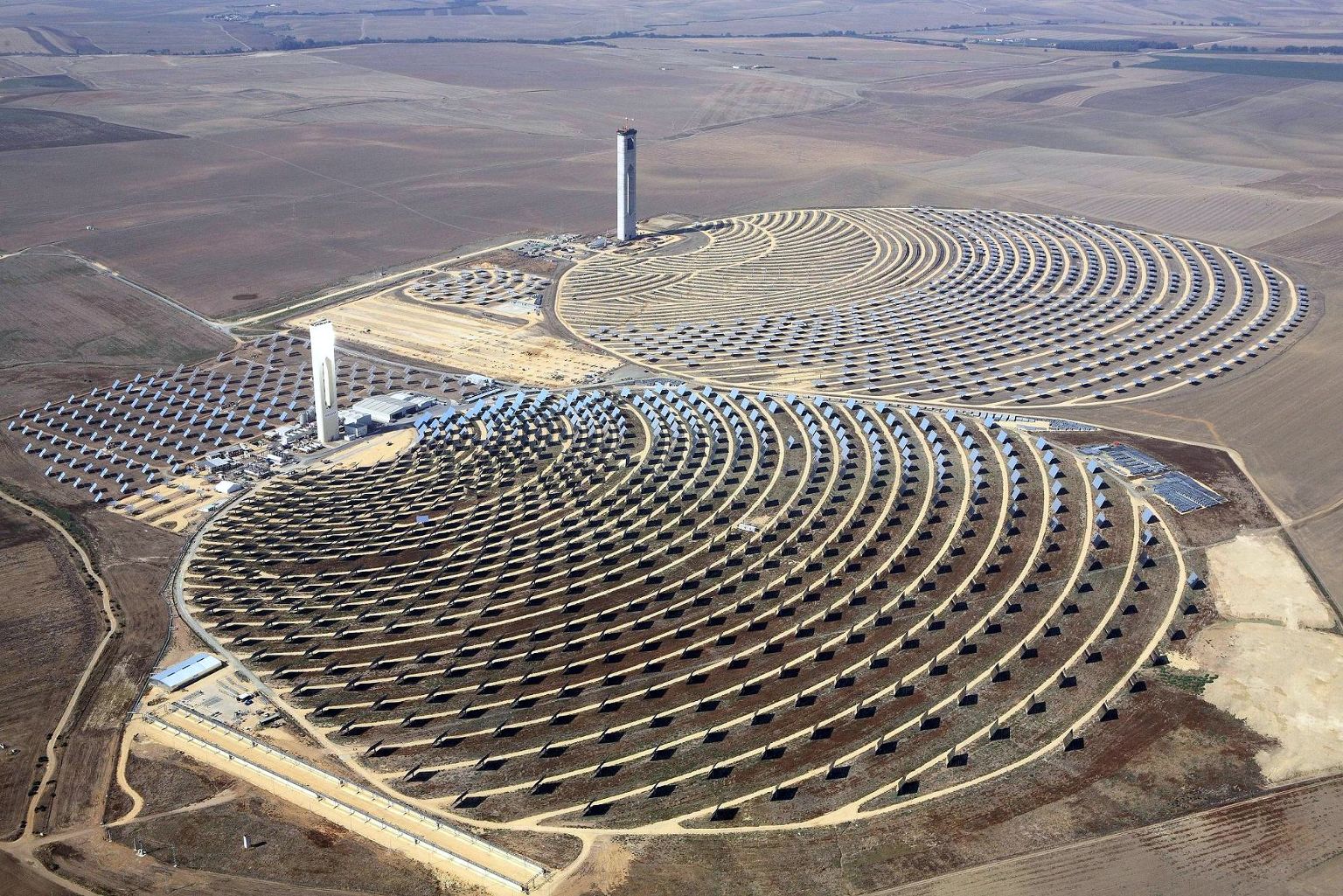Motion Free Trackers
Tip-Tilt Dual Axis Trackers (TTDAT)
Alt-azimuth Dual Axis Tracker
Active Trackers and Passive Trackers
CPV trackers
Multi-Mirror Concentrators
Tilted Single Axis Tracker
VSAT Trackers
[...]

How do solar trackers with mirrors work?
Solar TrackersAll solar energy systems, photovoltaic (PV), solar thermovoltaic (STPV), or simply solar thermal (ST), look towards the sun for their energy. The energy intercepted depends on the area of the interceptor NORMAL to the sun’s rays. The solar collector must always face the sun’s rays for maximum energy acquisition. But the sun, when visible, continuously changes its azimuth (east to west) orientation during the day. It also changes its elevation during the year. Trackers are mechanisms which keep the collector pointed towards the sun. Ideally, a two-axis tracker is required, ie, in azimuth and elevation. However, cost optimization vs energy gain will often decide in favor of tracking only in the azimuth, where the changes are faster and more significant. The track of elevation changes is monthly or so manually. To learn more, click here: https://sinovoltaics.com/learning-center/mounting-structures/solar-pv-tracking-systems/
Frederick W Kilner
on 24 Nov 2022